Connecting...

This is a quick preview of the lesson. For full access, please Log In or Sign up.
For more information, please see full course syllabus of Geometry
For more information, please see full course syllabus of Geometry
Geometry Special Segments in Triangles
Lecture Description
In this lesson we are going to talk about some special segments within triangles. The first one (there are a few) is the perpendicular bisector. A perpendicular bisector is a line or line segment that passes through the midpoint and is perpendicular to that side. There are a couple of theorems regarding the perpendicular bisector. One of them says that any point on the perpendicular bisector of a segment is equidistant from the endpoints of the segment. You'll also learn about the median, the altitude, and the angle bisector. There are a couple of theorems regarding the angle bisector, which you'll learn in this lesson.
Bookmark & Share
Embed
Share this knowledge with your friends!
Copy & Paste this embed code into your website’s HTML
Please ensure that your website editor is in text mode when you paste the code.(In Wordpress, the mode button is on the top right corner.)
×
Since this lesson is not free, only the preview will appear on your website.
- - Allow users to view the embedded video in full-size.
Next Lecture
Previous Lecture










































 Answer Engine
Answer Engine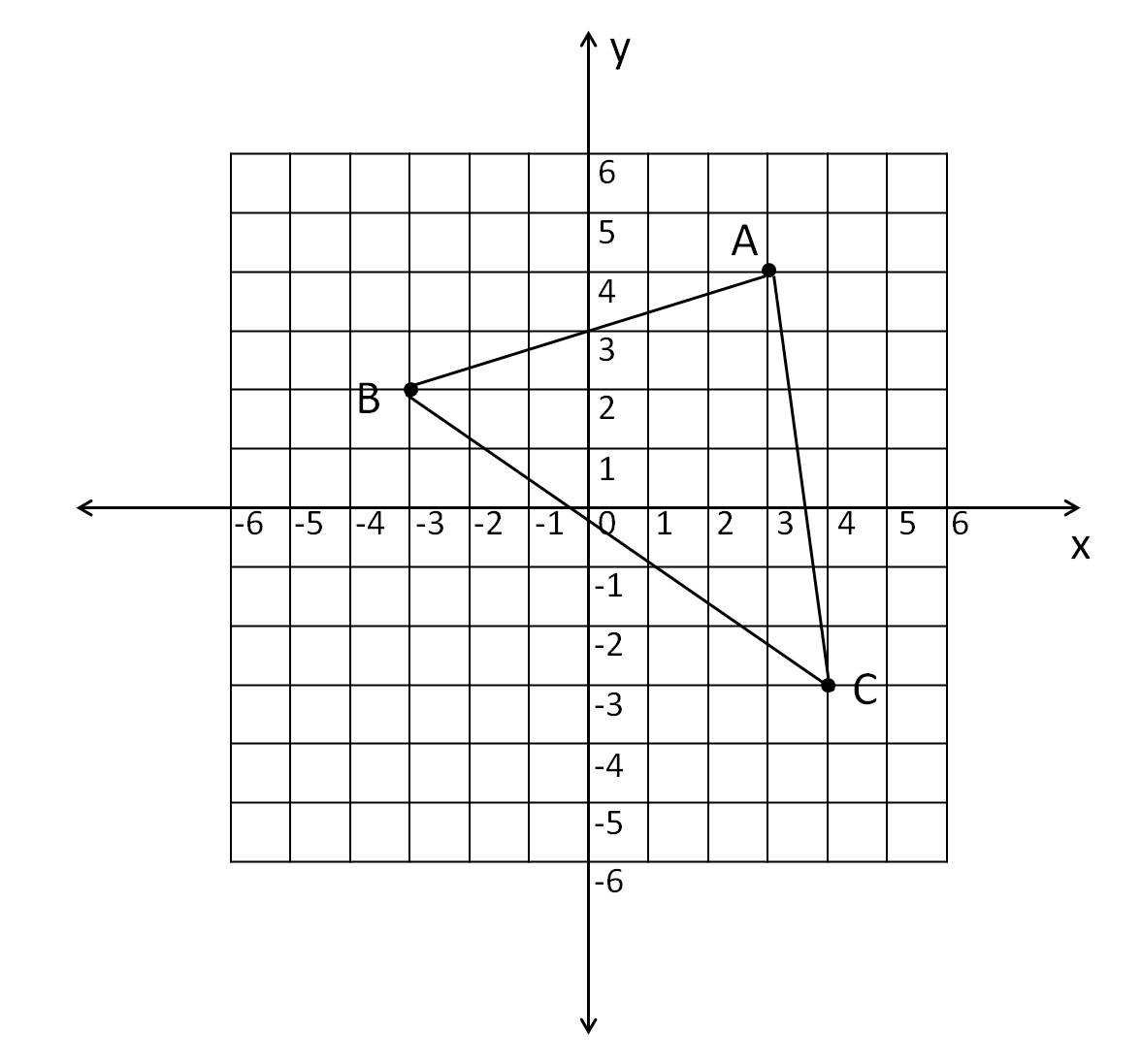
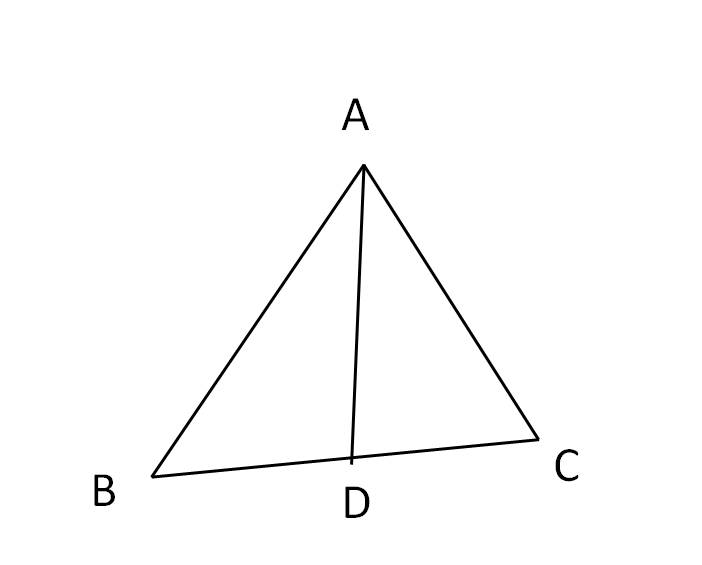 , any point on
, any point on 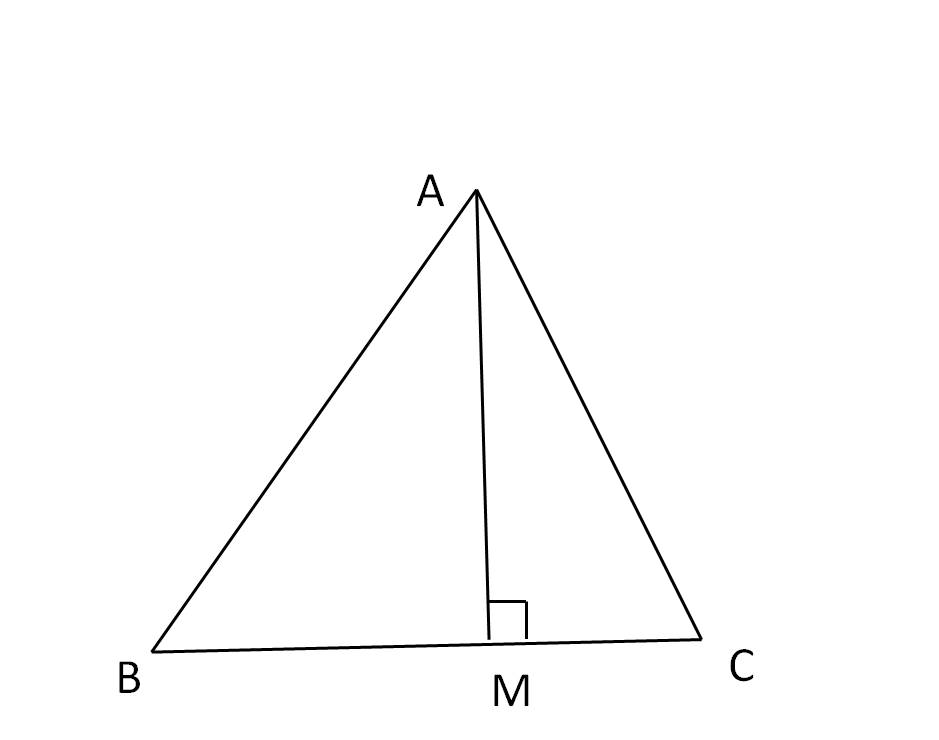
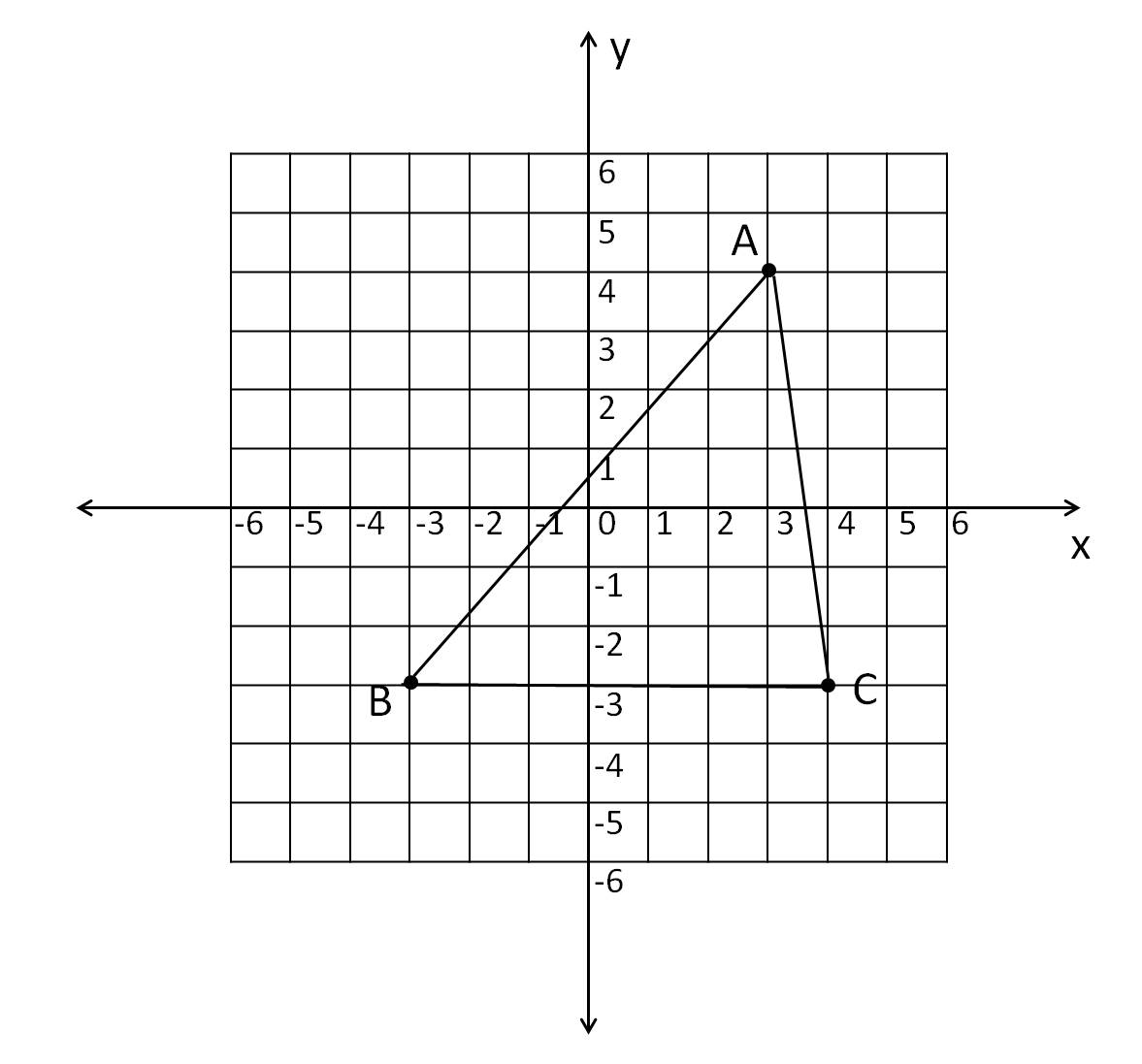
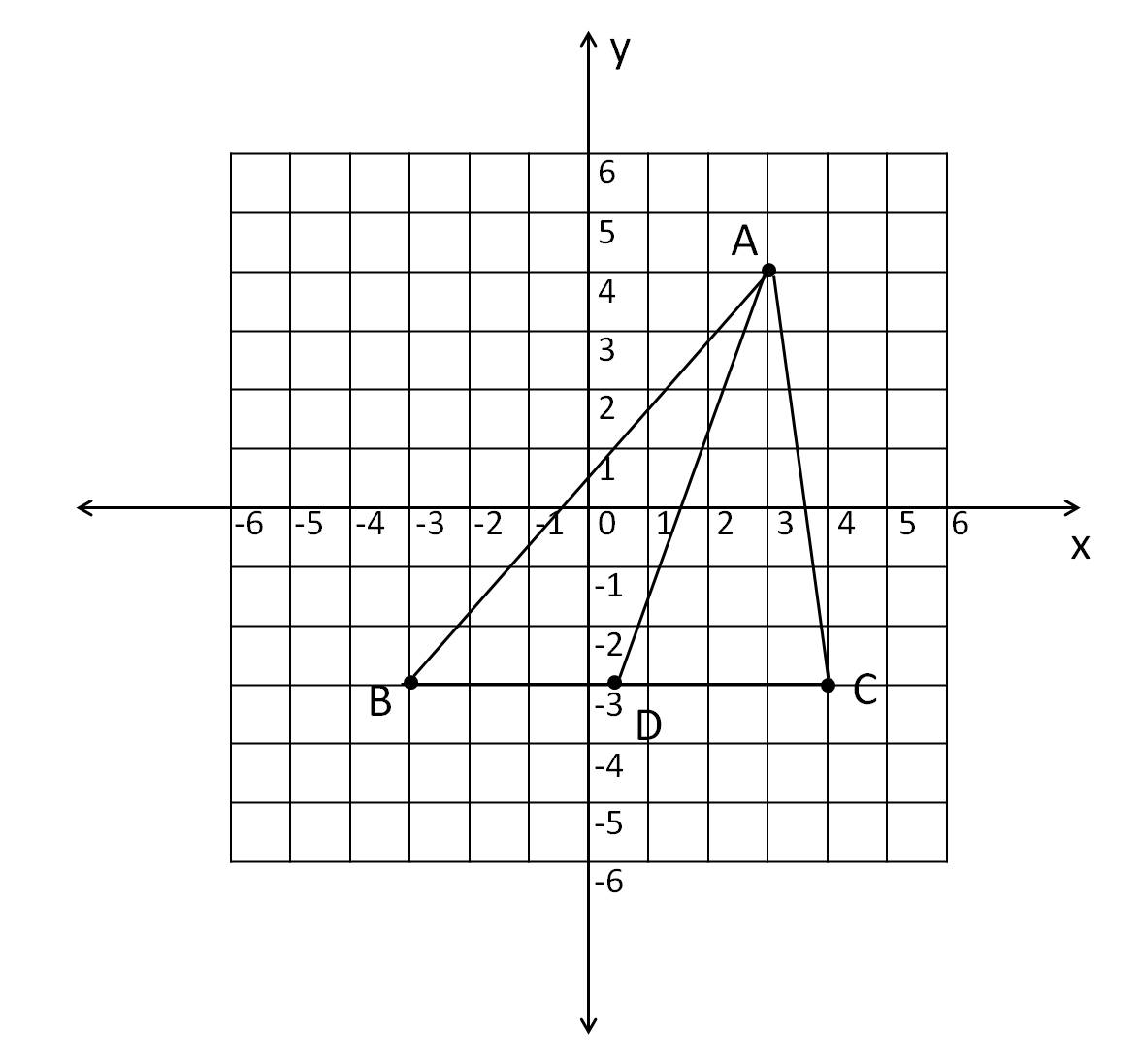
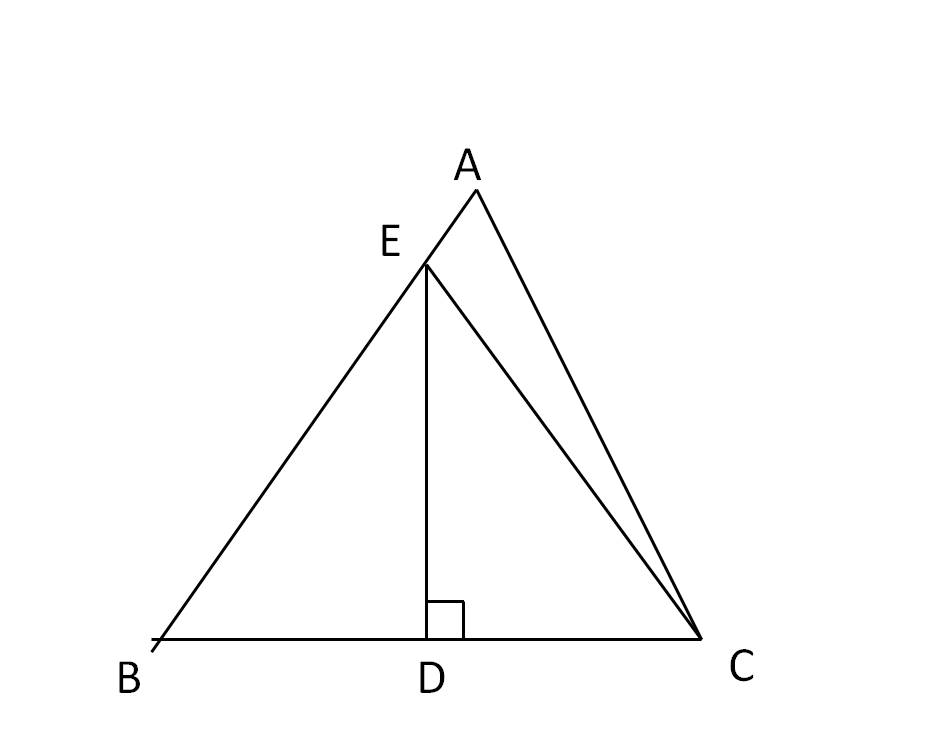 ,
, 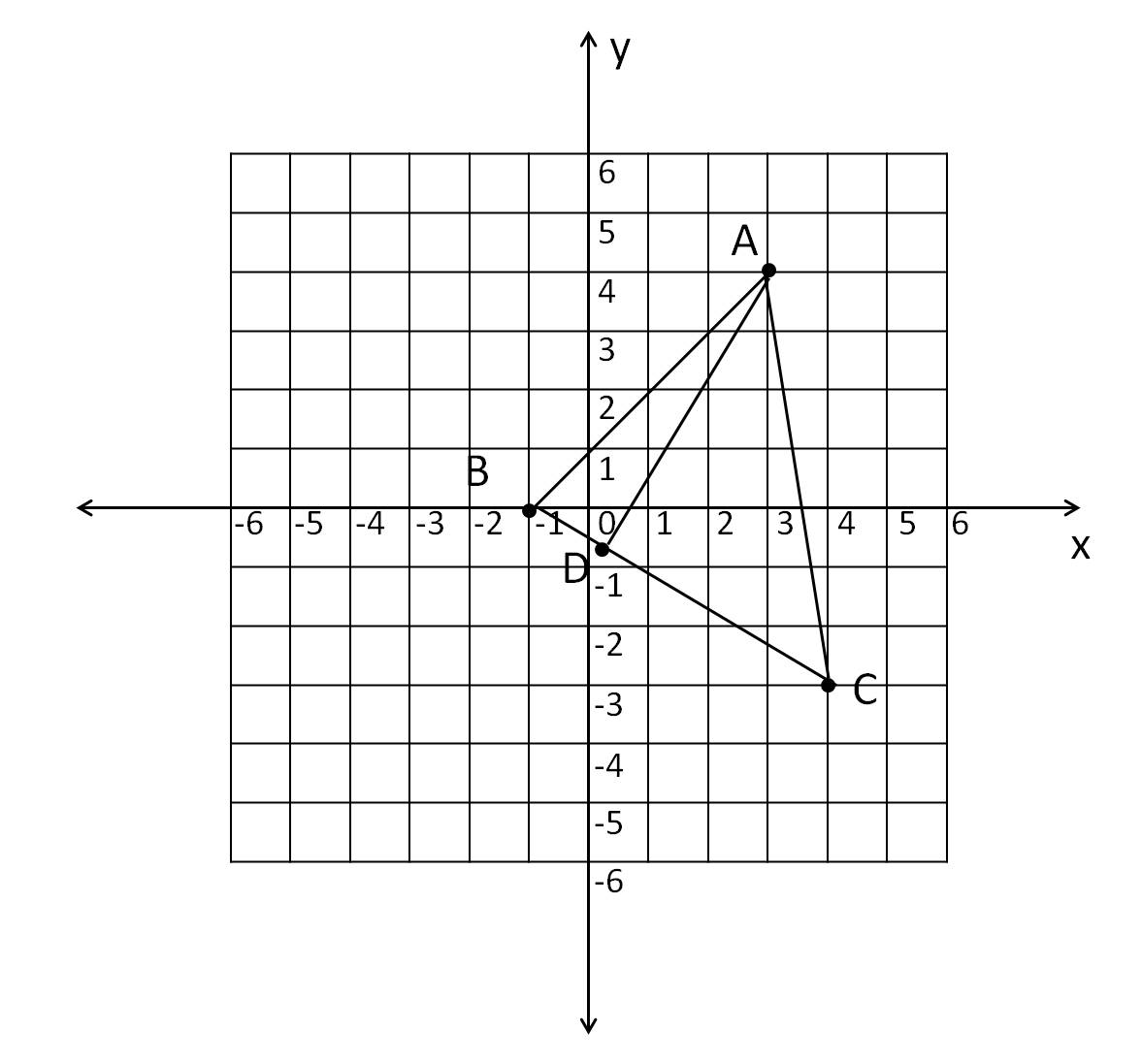
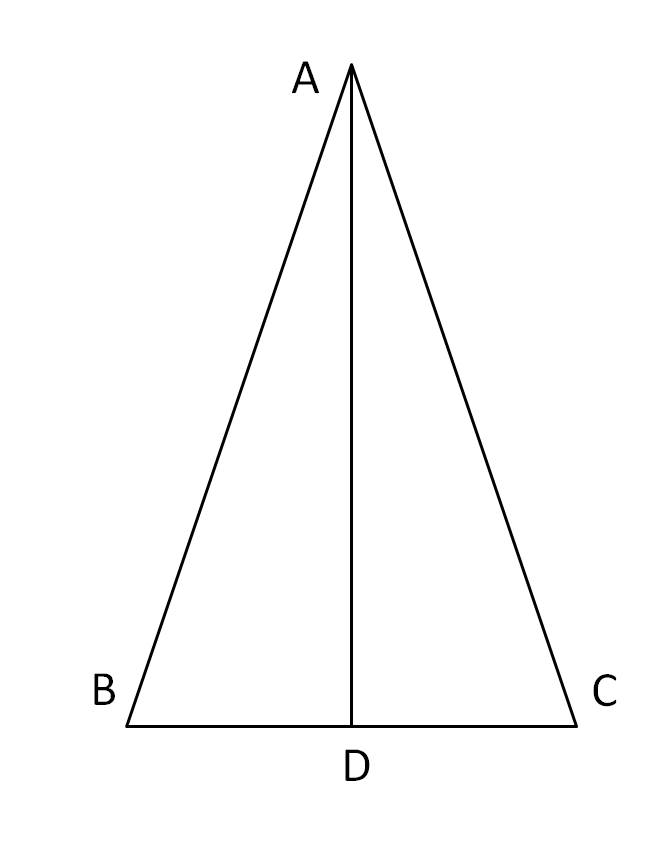
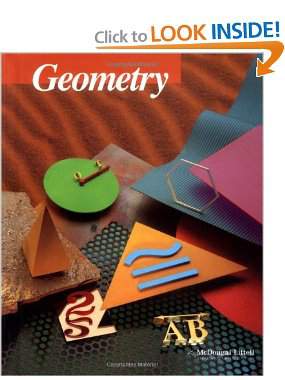



0 answers
Post by Monica Fang on July 18, 2024
I don't mean to be mean however the lecture has been lagging and stopping every couple seconds so it’s impossible to listen too
1 answer
Last reply by: Taylor Wright
Wed Jun 12, 2013 10:41 PM
Post by Jose Gonzalez-Gigato on February 3, 2012
As always, great lesson, Ms. Pyo. I do have one note: in Example III, I believe that the computation of the midpoint of segment RS is incorrect. For the y coordinate it should be: (6+(-2))/2 resulting them in (0,2) and not (0,4).
1 answer
Fri Feb 3, 2012 11:31 PM
Post by Dro Mahmoudi on November 13, 2011
you are the best, you and educator really saved me from a big nightmare